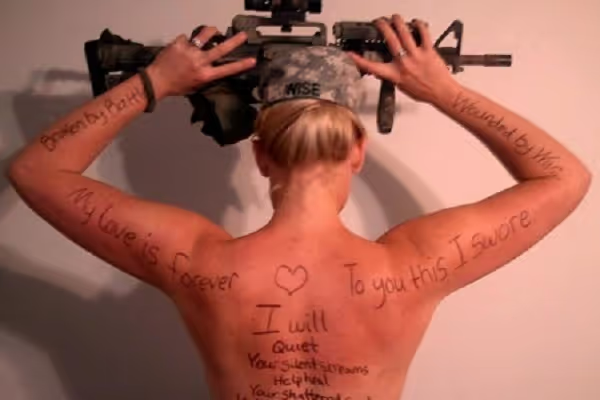As National Suicide Prevention Awareness Month draws to a close, it's worth repeating that every month should be a suicide awareness month"�but especially for women veterans, who experience a suicide rate fast approaching their male counterparts.The latest statistics on women veteran suicide from the U.S. Dept. of Veterans Affairs are quite sobering:
- For women ages 18 to 29, veterans kill themselves at nearly 12 times the rate of non-veterans
- 40% of women veterans who committed suicide used guns, compared with 34% of other women
- In every other age group, including women who served as far back as the 1950s, the veteran rates are between four and eight times higher, indicating that the causes extend far beyond the psychological effects of the recent wars
- The data include all 173,969 adult suicides"�men and women, veterans and non-veterans"�in 23 states between 2000 and 2010
The reasons behind the numbers are complex, but we know that a host of military-related issues factor in. Women are at higher risk for Post-Traumatic Stress Disorder (PTSD) stemming from military sexual trauma than veteran men, and women who have been physically injured are more likely to have PTSD as well.
Family reintegration can be challenging, as women veterans may not have a support system to deal with issues stemming from service while settling back into home life. Women in dual-military marriages must adjust to changes in their partner when they return while dealing with their own, and often carry the responsibility of caring for an injured veteran. Her relationships with her partner and children can become strained as a result, leading to the fact that women veterans have higher rates of divorce than both civilian women and veteran men.
Women veterans who are largely outside of VA care in particular are at an alarming risk for suicide. While the number of women veterans is growing, they remain a distinct minority, and are less likely than their male counterparts to self-identity as veterans or to seek treatment. A waiting room or group therapy filled with men can be uninviting at best, and for those women who experienced harassment or sexual assault while serving, unbearable. Sometimes veteran men patients may ogle or harass women veterans, or even staff may ask, "Why are you here? Are you visiting you husband or father?" thus invalidating the service of veteran women.
Even organizations who strive to reach out and serve women veterans face difficulties in doing so, lacking the resources to support gender-appropriate facilities or stand-up women's services while keeping pace with existing client need. Veteran-specific women housing is exceedingly rare as organizations lack the capacity to support gender-specific housing and have little experience or capacity to address the needs of women with children.
Providers both within the VA and civilian systems must address women veteran suicide. Women tend not to seek treatment until their circumstances are grave, and providers must be culturally and trauma-informed enough to recognize signs of underlying trauma. The VA is making strides in recognizing that women veterans do not self-identify and that they require specialized care. This month, the Veterans Affairs' Center for Women Veterans and the VA Women's Health Group are launching a new campaign, "I'm One", focused on encouraging more women to self-identify their veteran status and to access programs and services.
Refer to our Women Veteran Screening Guide for more information on how to become a culturally and trauma-informed provider and identify women veterans in your program.
The information provided is based on research and presentations by Megan Zottarelli (Klein), Senior Analyst at our Institute of Veteran Policy.

.png)
.png)


